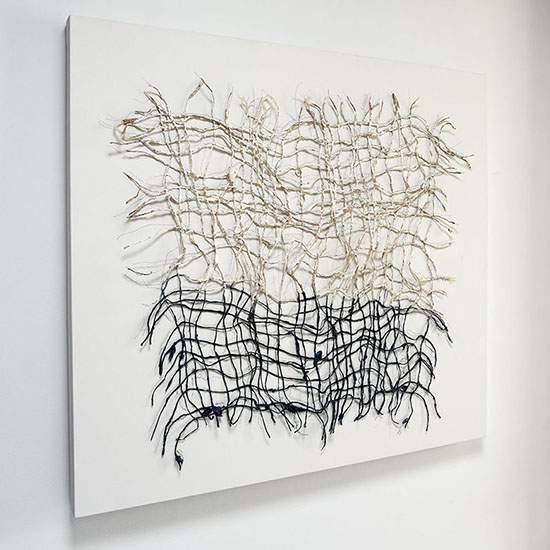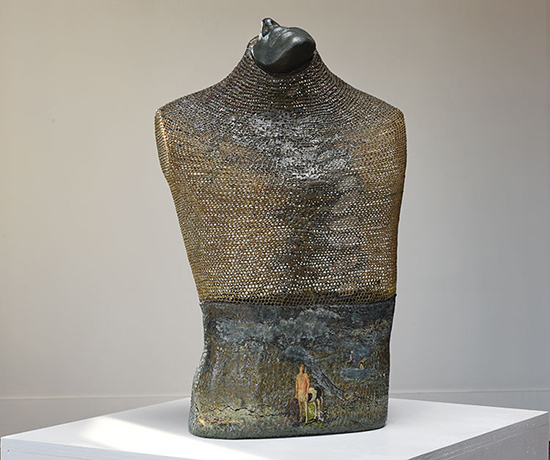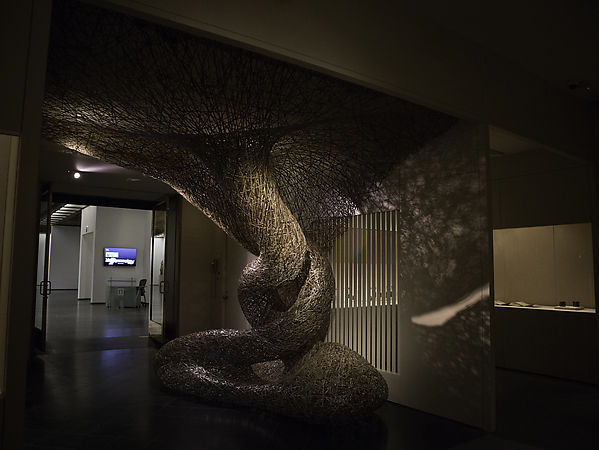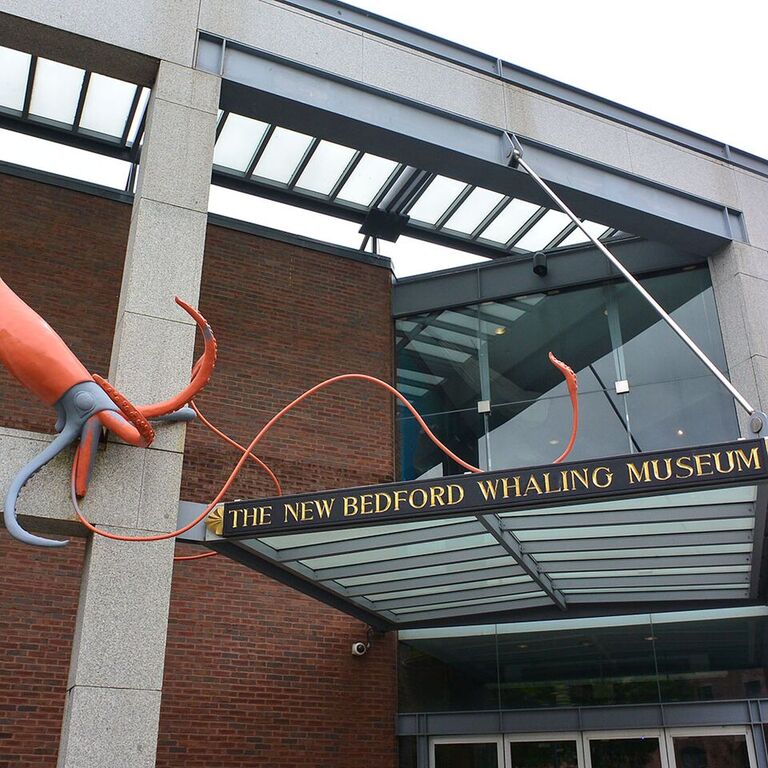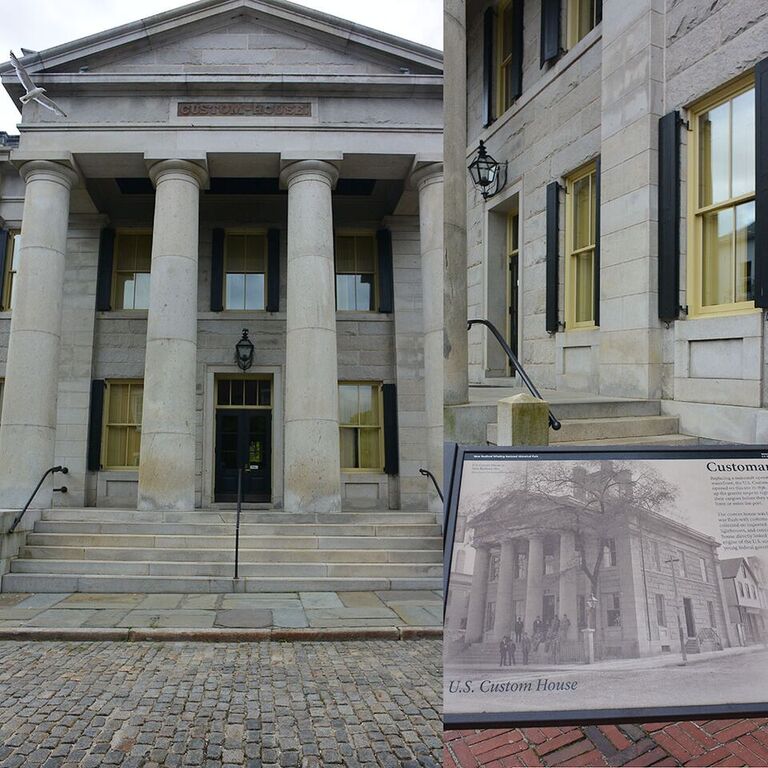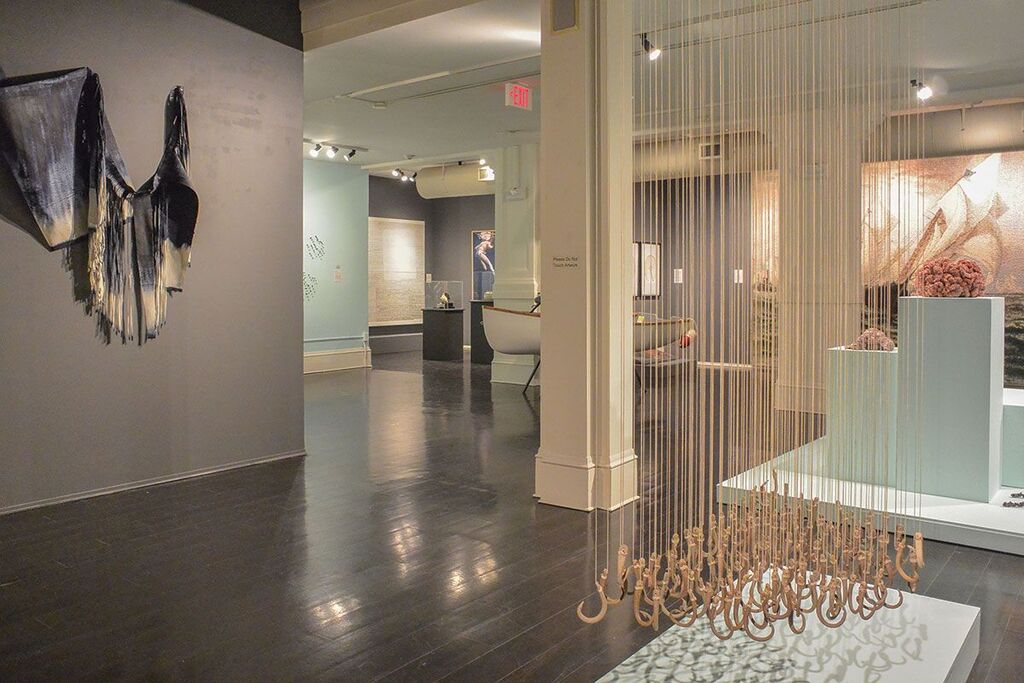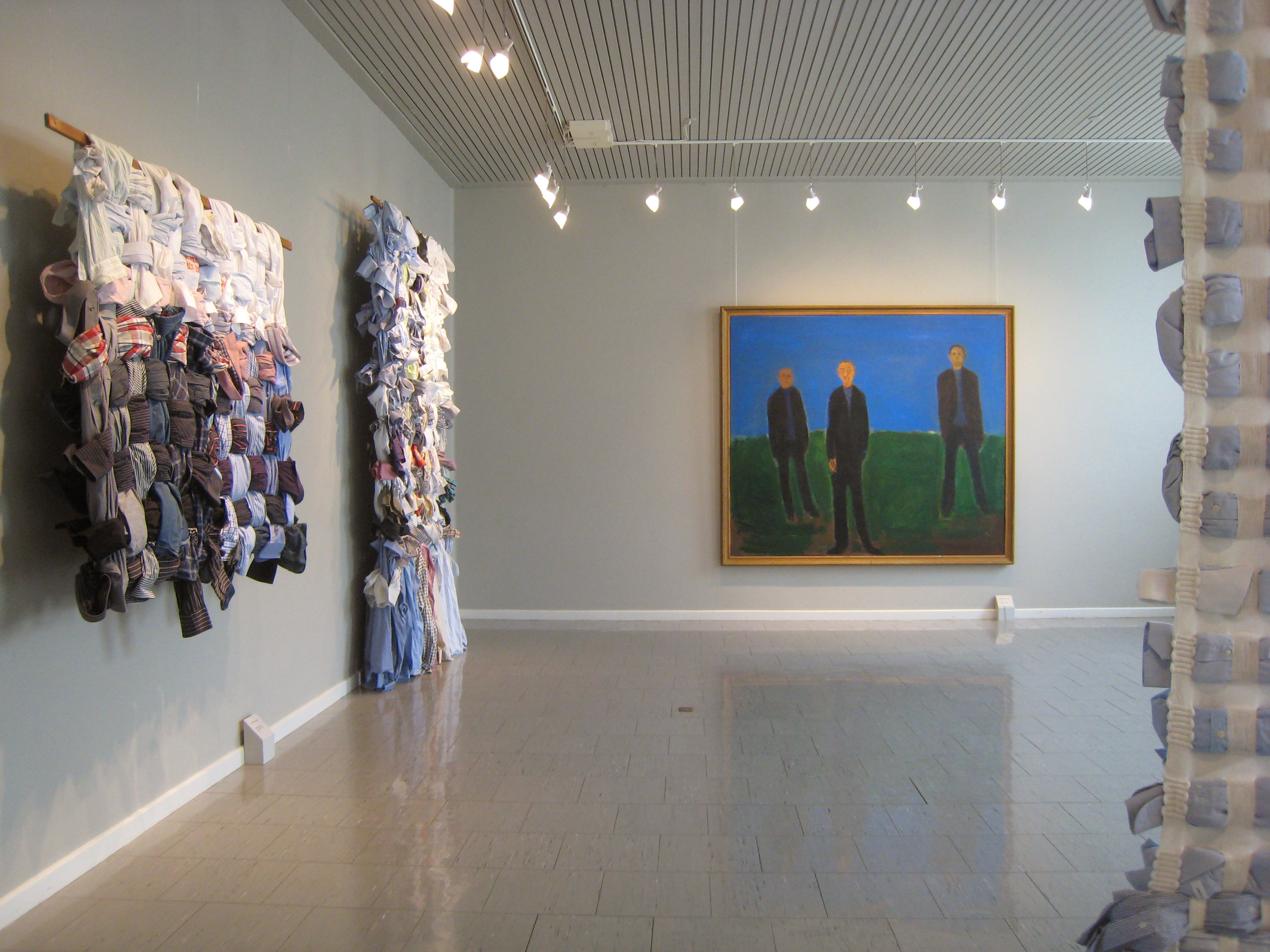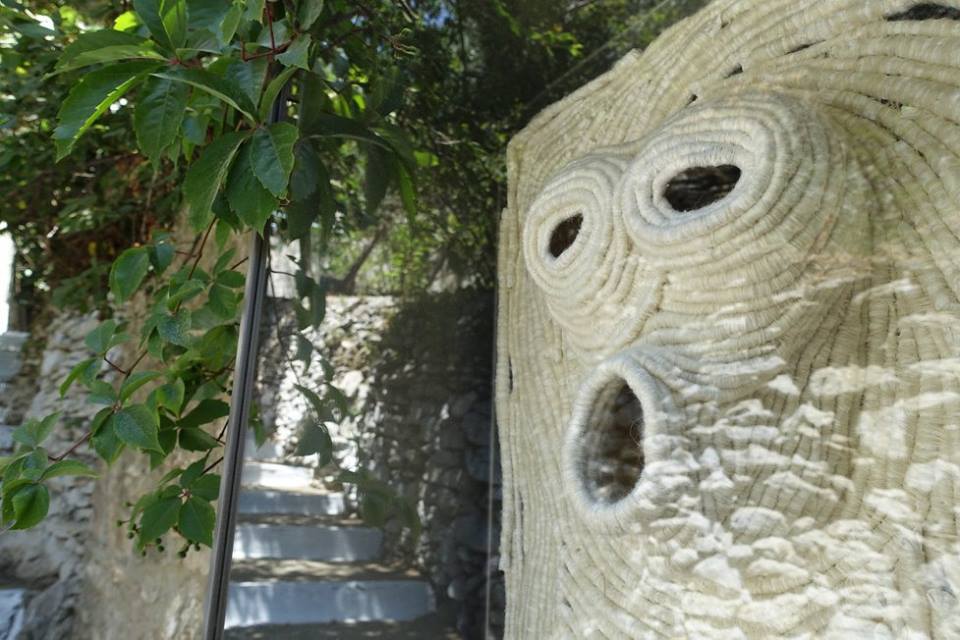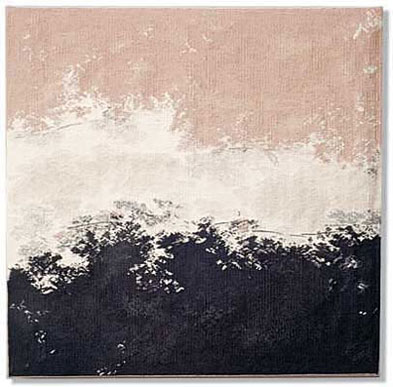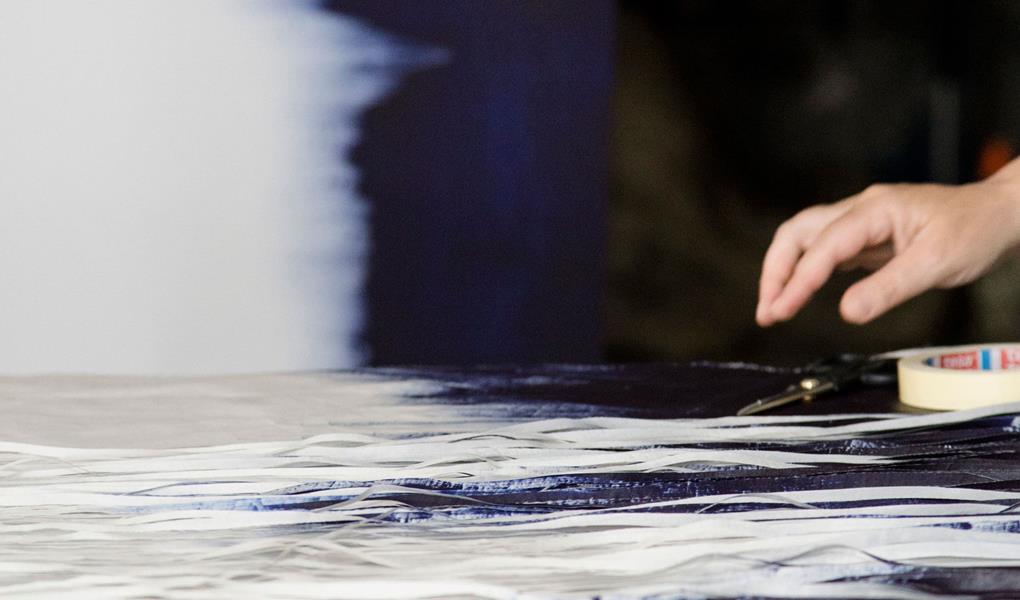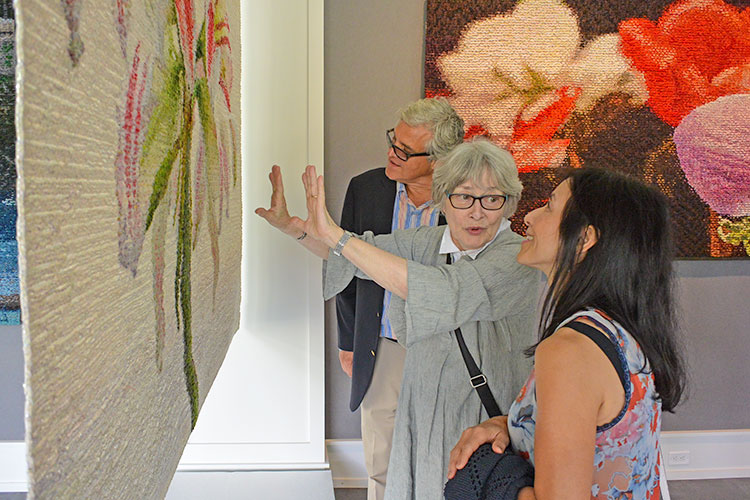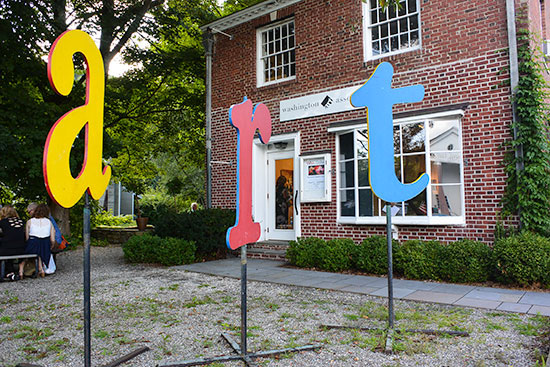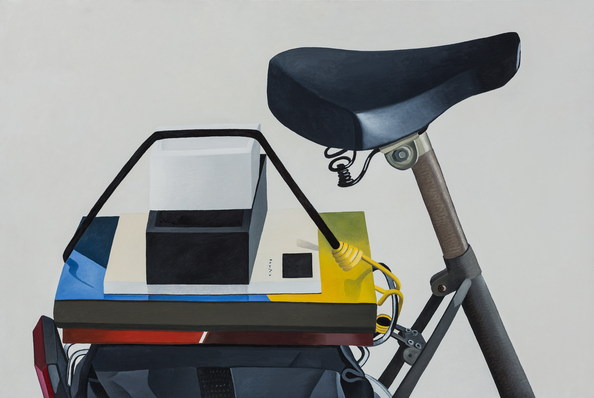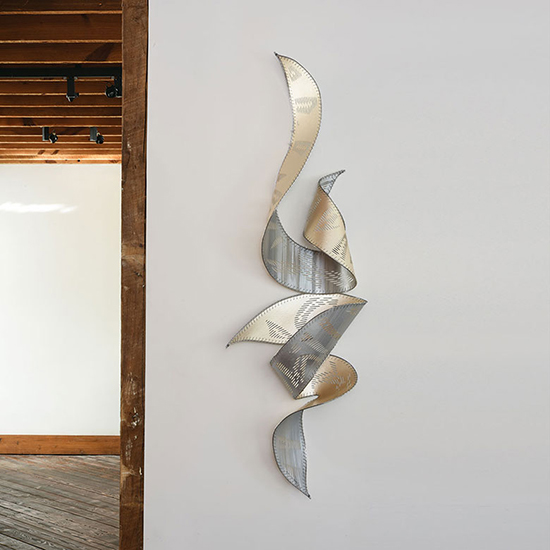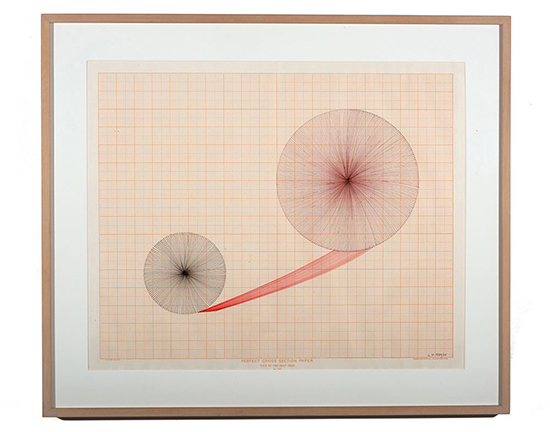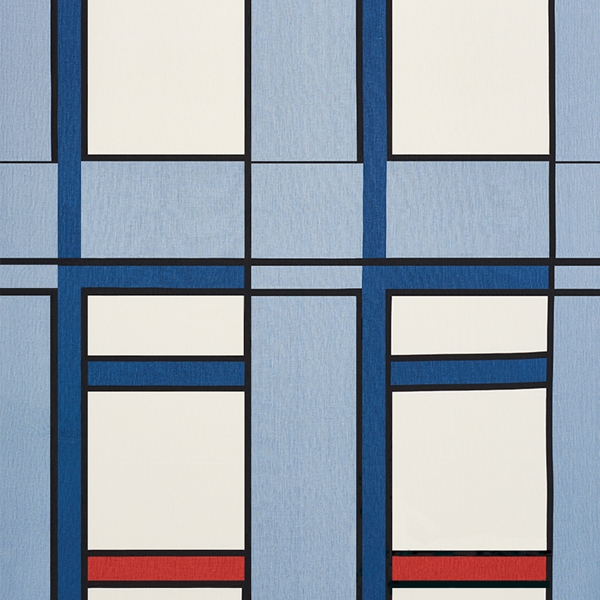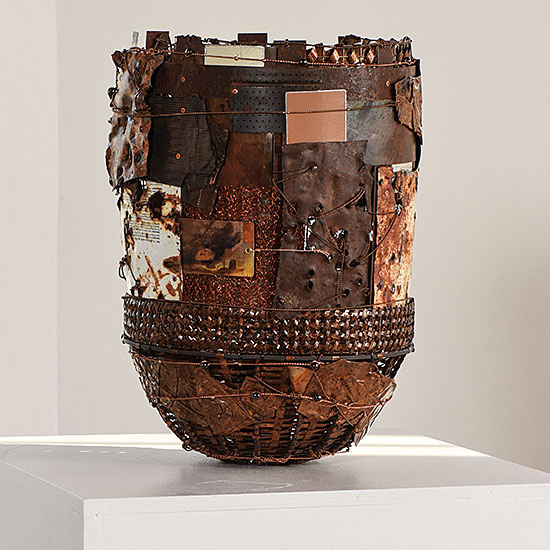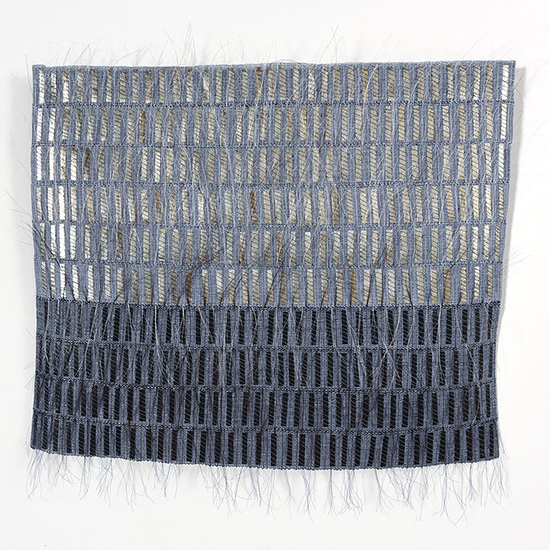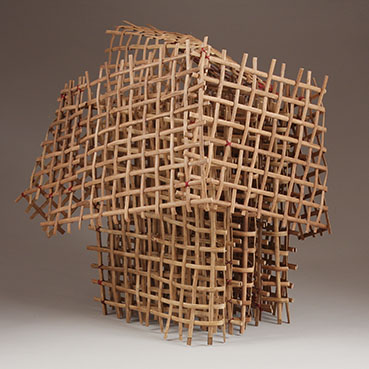If you are vacationing in the East, South, Midwest, or West this summer, there is a wide variety of textile artists on display across the United States and Canada online, including exhibitions featuring artists whose work you’ll find at browngrotta arts. Emphasizing baskets in one case, abstraction in another and tapestry in two others, whether you’ve planned a family vacation, a weekend getaway or staycation there are exhibitions for art-lovers of all kinds.

Anemones by Helena Hernmarck, wool, 54” x 108”, 1985
The Nordic Tapestry Group: Weaving Knowledge into Personal Expression
Washington Art Association and Gallery (Washington Depot, CT)
August 12-Sept 9
Gallery Hours: Tuesday-Saturday 10:00 am – 5:00 pm, Sunday, 10am-2pm
Website: http://www.washington
artassociation.org/exhibitions
/nordictapestryshow/
Weavers from Sweden, Iceland, and the United States formed the Nordic Tapestry group a decade ago after tapestry artist Helena Hernmarck traveled to Sweden to teach workshops on her weaving technique. Combining traditional Swedish weaving techniques with her own method, Hernmarck is able to achieve powerful photorealistic effects by bundling a variety of hued yarns that combine and create an illusion of depth. With a common passion for textiles, members of the Nordic Tapestry group have a desire to learn more about how Hernmarck’s tapestries are made, how to use light, and how to use the different qualities of yarn to create images. Hernmarck’s Anemones will be on display along with smaller weavings by 21 of her students.
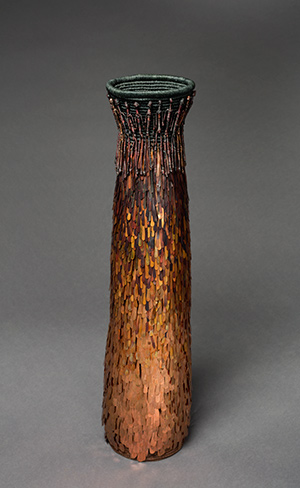
Sunrise Sentinel, Mary Giles, waxed linen, copper, iron, 26.25″ x 6.5″ x 6.5″, 2007
Opening in August, Rooted, Revived, Reinvented: Basketry in America
Lauren Rogers Museum of Art (Laurel, MS)
August 22-November 12
Gallery Hours: Tuesday-Saturday 10:00 am – 4:45 pm, Sunday 1:00 pm- 4:00 pm | Closed Monday
Website: https://www.lrma.org
This traveling exhibition curated by Josephine Stealey and Kristen Schwain, chronicles a history of American basketry from its origins in Native American, immigrant, and slave communities to its presence within the contemporary fine art world. Through the selection of materials, colors, designs, patterns, and textures, artists featured in this exhibition tell different stories and cultural histories. Rooted in local landscapes, basketry has been shaped by cultural tradition but is now thriving in our contemporary world. Browngrotta arts’ artists Polly Adams Sutton, Mary Giles, Nancy Moore Bess, Christine Joy, Nancy Koenigsberg, Dorothy Gill Barnes, Ferne Jacobs, Gyöngy Laky, Kari Lønning, John McQueen, Norma Minkowitz, Leon Niehues, Ed Rossbach, Karyl Sisson and Kay Sekimachi all have work featured in the exhibition. Rooted, Revived, Reinvented: Basketry in America is on show at the Lauren Rogers Museum of Art from August 22 to November 12.

Cosmos, Naomi Kobayashi, Gampi paper, sumi ink, and paper thread
15 x 15 1/4 x 2 7/8 inches, 2005
Cotsen Collection
Photography: Bruce M. White © Lloyd Cotsen, 2016
The Box Project
Racine Art Museum (Racine, WI)
May 21-August 27
Gallery Hours: Tuesday – Saturday 10:00 am – 5:00 pm, Sunday 12:00 – 5:00 pm | Closed Monday, Federal Holidays and Easter |The Museum Store closes at 4:45 pm each day.
Website: http://www.ramart.org/content/box-project-uncommon-threads
The Box Project challenges artists to work within the parameters of an archival box. Artists interpret the challenge their own way, resulting in a diverse array of one-of-a-kind art highlighting the artists’ creativity and skills. The limited edition book The Box Project book can be purchased here at browngrotta arts’ online store. The Box Project features work from 37 artists, 10 of whom are represented by browngrotta arts: Helena Hernmarck, Agenta Hobin, Kiyomi Iwata, Lewis Knauss, Naomi Kobayashi, Nancy Koenigsberg, Gyöngy Laky, Heidrun Schimmel, Hisako Sekijima and Sherri Smith.
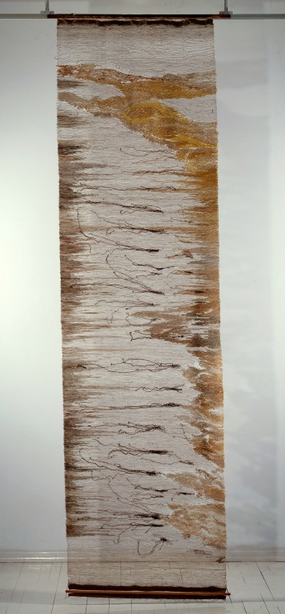
Seaweed, Lenore Tawney, linen, silk, canvas, 120 x 32 in., The Lenore Tawney Foundation, New York. © Lenore G. Tawney Foundation
Between Land and Sea
The Menil Collection (Houston, TX)
April 14-August 27
Gallery Hours: Wednesday–Sunday 11:00 a.m.–7:00 p.m.
Website: https://www.menil.org/exhibitions/249-between-land-and-sea-artists-of-the-coenties-slip
In Houston, Texas, Lenore Tawney is one of six artists featured in The Menil Collection’s exhibition Between Land and Sea: Artists of the Coenties Slip. The exhibition is a combination of work from a group of artists, intellectuals, filmmakers and poets who lived and worked in the old seaport at the lower tip of Manhattan throughout the late 1950s and early 1960s. The works in the aesthetically diverse exhibition is united by artists’ desire to explore new ways of abstraction. Between Land and Sea: Artists of the Coenties Slip is on show at The Menil Collection until August 27th.
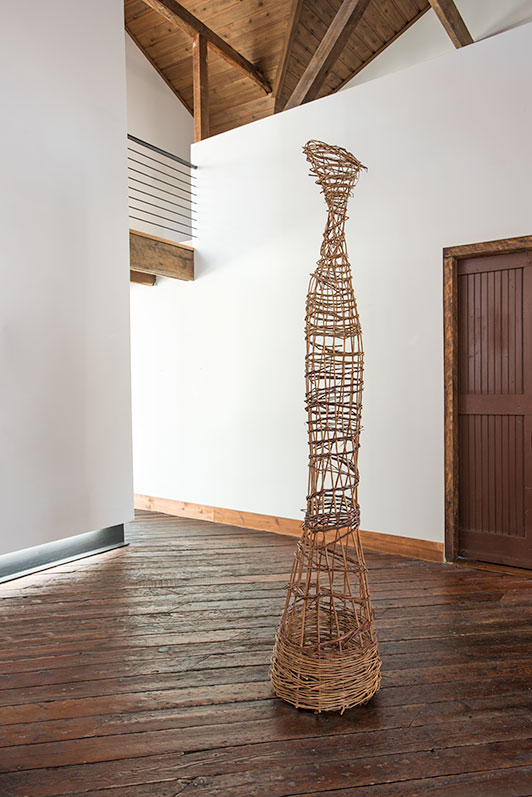
Ithaka, Dawn MacNutt, willow, 108.5” x 21” x 24”, 2006
Crossing Generations: Past, Present & Future
Oregon College of Art and Craft (Portland, OR)
July 10-August 6
Gallery Hours: Monday-Sunday, 10:00am-5:00pm
Website:
https://ocac.edu/events/
sda-exhibition-crossing-generations-past-present-future
The Surface Design Association’s Exhibition Crossing Generations: Past, Present & Future includes two bga artists: Lia Cook, Glen Kaufman. Curated by well-known gallerist Jane Sauer, the goal of this exhibition was to “highlight the work of the great mentors that laid the ground work for what is happening today, mid-career artists, and a look into what the future hold by showing the work of a few emerging artists.” The exhibition will be on show at the Hoffman Gallery at the Oregon College of Art and Design until August 6th.
And online — you can still see Dawn MacNutt’s May exhibition A Fortunate Adversity, at Sunbury Shores. Nova Scotia, online at http://sunburyshores.org/fortunate-adversity-dawn-macnutt/ .Using willow to make figurative basketry, Dawn MacNutt is inspired by the “beauty of human frailty.” In MacNutt’s words, A Fortunate Adversity “expresses a full life enriched by caring and seeing loved ones overcome disasters and small misfortunes.”
